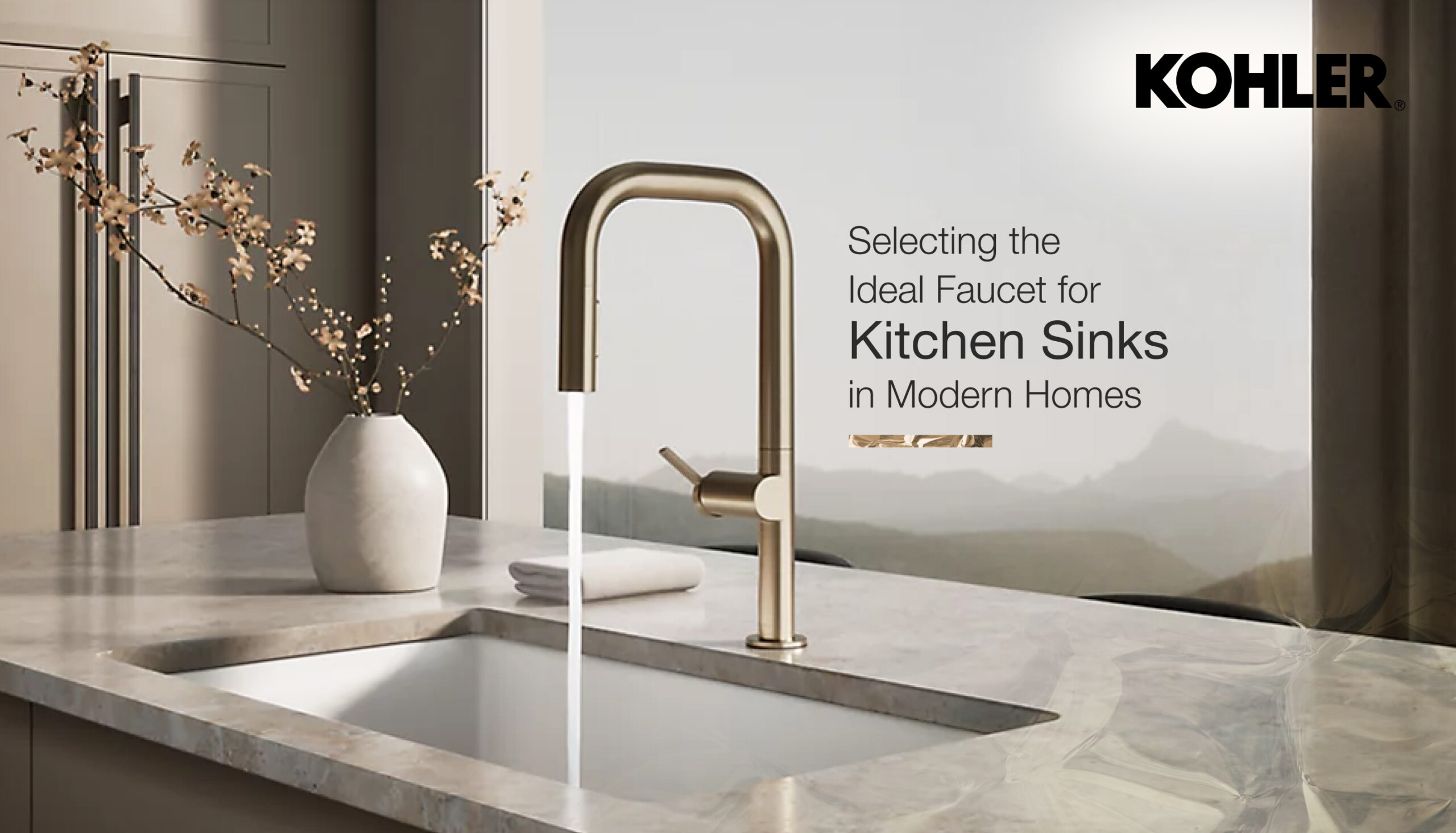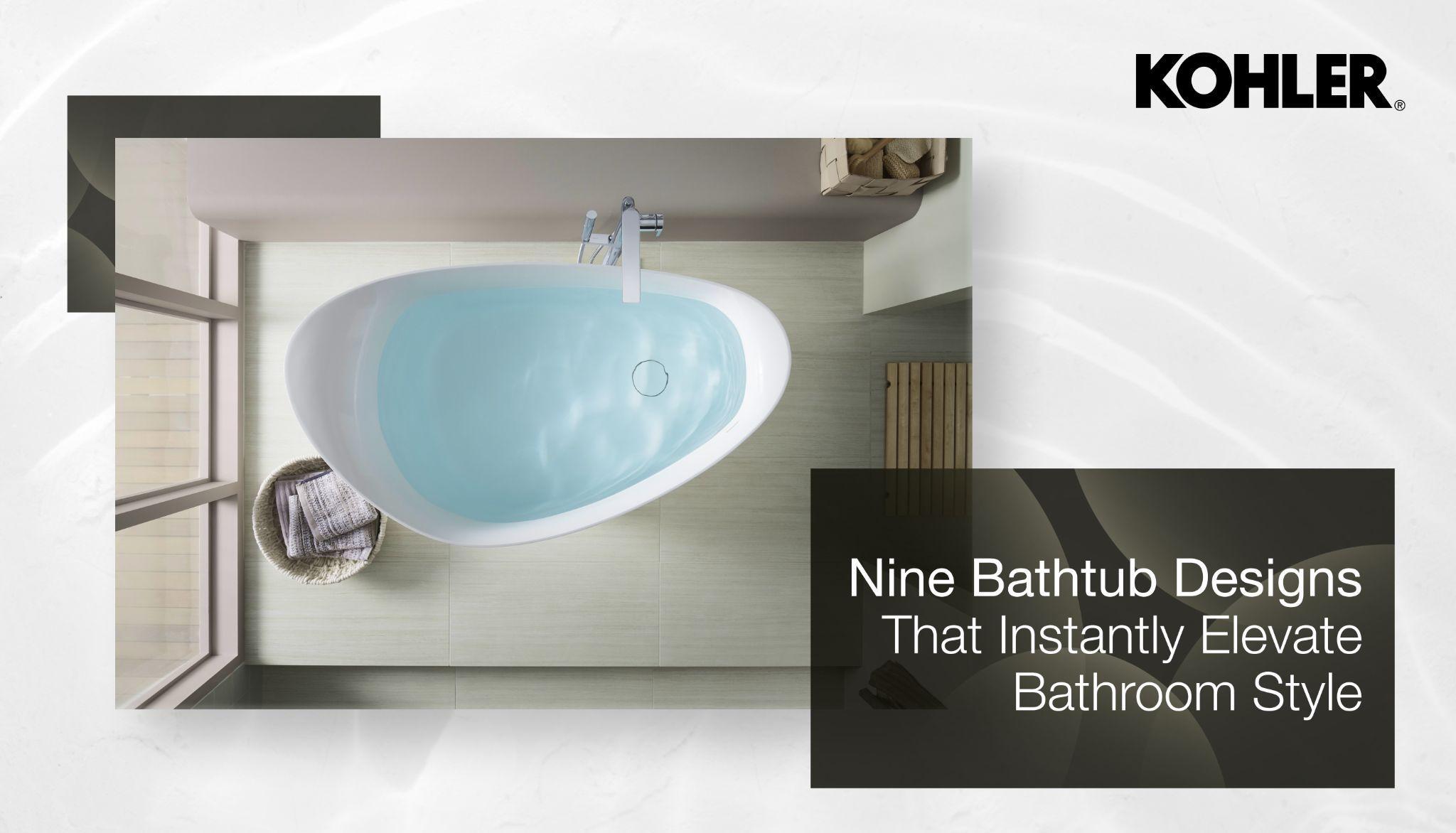The kitchen sink area serves as the workhorse in any home.The recent technology has turned everyday sinks and faucets into high-tech centers of efficiency. Renovating or simply upgrading should think about these advancements before making a final decision.
Smart Technology Integration
The annual Kitchen & Bath Industry Show revealed that touchless kitchen faucets now seem almost quaint compared to newer innovations. Voice-activated controls allow specific temperature requests or precise volume measurements. Several Kohler kitchen faucets store preferred settings for different tasks. Industry experts describe these systems as “transforming how homeowners interact with water.”
The hygiene benefits stand out immediately. During messy food prep, avoiding hand contact prevents cross-contamination. Most systems utilize discrete motion sensors, though some premium kitchen sink faucets incorporate foot pedals beneath cabinets, particularly useful when handling raw ingredients.
Water Conservation With Performance
Modern kitchen taps achieve a remarkable balance between conservation and performance. Manufacturers have developed aerators that create a fuller water sensation while reducing consumption.
Current market leaders offer:
- Auto shut-off technology that detects inactivity
- Precision flow settings that maintain pressure
- Digital consumption tracking is visible on subtle displays
- Advanced leak detection with mobile notifications
What’s particularly appealing: several municipalities now provide financial incentives for installing water-efficient fixtures, making these upgrades financially sensible beyond their environmental benefits.
Pull-Down vs. Pull-Out Designs
Kitchen designers continue debating whether pull-down or pull-out kitchen sink faucets offer superior functionality. Pull-down models feature nozzles that pull straight downward, offering excellent maneuverability within the sink. They typically have longer hoses and work well with deeper sinks.
Pull-out versions extend directly toward the user before dropping down. They provide better reach for filling pots on adjacent countertops or cleaning multi-basin sinks.
Design professionals recommend considering cooking habits carefully. Those who frequently work with large pots might prefer pull-down models. Households that often fill vessels outside the sink or have divided sinks could benefit from pull-out designs.
Related Link: Selecting the Ultimate Kitchen Sink in Bangladesh – The Kohler Advantage
Finish Durability Advancements
The days when shiny chrome represented the primary option for kitchen taps have passed. Contemporary finishes resist fingerprints, water spots, and corrosion far better than previous generations.
Notable options include:
- Spot-resist stainless (naturally repels water marks)
- Matte black (hides water droplets remarkably well)
- Brushed brass (combines warmth with practicality)
- Living finishes like copper that intentionally develop patina over time
Design experts note that mixing metals throughout kitchens has gained acceptance, perhaps stainless appliances with brass kitchen faucets and black cabinet hardware. This intentional mixing creates visual interest that wasn’t considered standard practice previously.
Ergonomic Design Considerations
Ergonomically designed kitchen sink taps reduce strain during daily use. Handles with 90-degree rotation (rather than 180) require less wrist movement. Forward-only handles prevent backsplash contact. Some models incorporate knurled textures on handles that improve grip even with wet hands.
The spray-head docking has improved significantly too. Magnetic docking systems ensure the nozzle stays put when retracted, eliminating the annoying droop that plagued earlier pull-down models.
Complementary Kitchen Accessories
Reputable kitchen accessories stores now carry numerous innovations designed to work with modern sinks:
- Over-the-sink cutting boards with integrated colanders
- Roll-up dish drying racks that save counter space
- Silicone sink dividers that protect glassware
- Corner sink caddies that keep brushes and soaps organized
- Sink grids that prevent scratching while improving drainage
These accessories transform the sink area into a complete workstation rather than simply a cleaning zone.
Installation Considerations
Prospective buyers should evaluate installation requirements before selecting specific faucet types. Traditional deck-mounted options require 1-4 holes in countertops. Wall-mounted models create striking visual interest but involve more extensive plumbing work. Some high-tech options require nearby electrical outlets for sensors or digital controls.
When replacing existing fixtures, it’s important to check what’s already there. Bridge kitchen faucets typically need three holes, while single-handle models might use just one (with a deck plate covering unused openings).
Related Link: Top kitchen sink price in Bangladesh and Styles in 2025
Making Informed Selections
With numerous options available, the focus should remain on actual daily sink usage. The professional-style spray arm that looks impressive in a showroom might prove impractical with shallow cabinets above. Similarly, touch-free operation might not justify additional costs for households with simpler needs.
Kitchen sinks and faucets should balance practical function with personal style. Luckily, existing production developments enable homeowners to do both without a trade-off.
Frequently Asked Questions
Can I use a bathroom faucet in my kitchen?
No. Bathroom faucets are not designed for the increased flow and extent required in kitchens.
What style of faucet is best for my kitchen?
That depends on the way you cook. Bridge types fit traditional configurations, pull-downs are ideal for contemporary areas, and pre-rinse styles are ideal for active kitchens.
How do I choose the right finish for my kitchen faucet?
Coordinate it with your cabinet hardware. Brushed hides marks better, matte black is right for bold kitchen styles, and stainless is a conservative all-around choice.
What is the ideal faucet height for a kitchen sink?
Find 8–10 inches of clearance for large pots. Ensure high arcs clear shelves or lights, and that the spout extends to the sink center.



